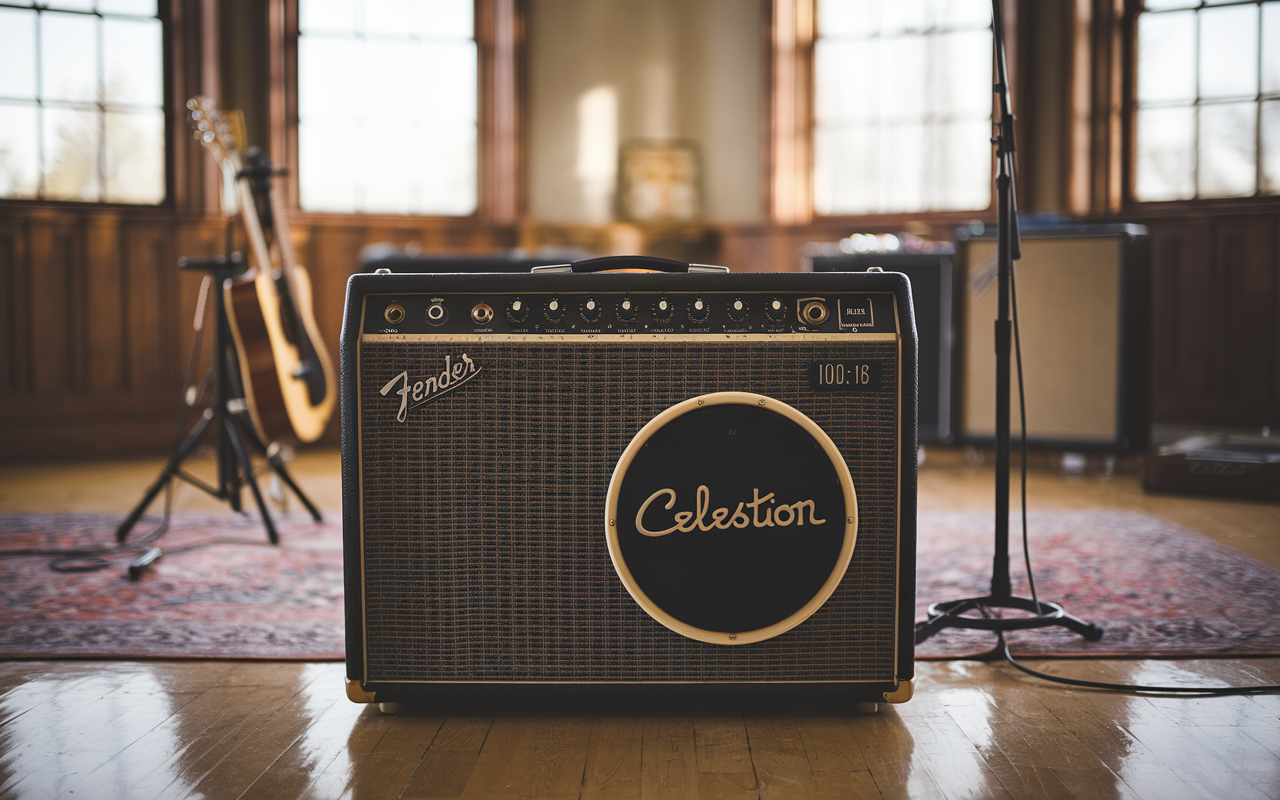Introduction:
Are you an avid golf enthusiast looking to optimize your game with the perfect ball? Welcome to an in-dzepth comparison of the Bridgestone Tour B RXS vs CS, where we dissect the nuances that make these two golf balls a favorite among amateurs and pros alike. Whether you’re a loyal Bridgestone fan or simply on the hunt for the ball that will elevate your game, this guide is crafted to meet your needs.
Understanding the Bridgestone Legacy
Bridgestone has been a key player in the golf ball industry, renowned for its innovation and dedication to quality. With roots in tire manufacturing, Bridgestone’s transition into golf came with a keen sense of engineering and design, which they applied to create top-quality golf balls. The Bridgestone Tour B RXS vs CS is a testament to this tradition, featuring advanced technology to improve players’ performance.
Bridgestone’s commitment to innovation means that each ball in its lineup is meticulously designed to address the specific needs of golfers. The Tour B series, including the RXS and CS, highlights this dedication to catering to different playing styles. Understanding the company’s history and ethos provides context to the quality embedded in the Bridgestone Tour B RXS vs CS models.
The Bridgestone Tour B series reflects years of research and development aimed at enhancing the golfing experience. Whether it’s the feel of the ball on impact or the precision of the spin, Bridgestone ensures that every aspect contributes to a superior game. This attention to detail sets the Bridgestone Tour B RXS vs CS apart in the highly competitive world of golf balls.
Key Features of Bridgestone Tour B CS
The Bridgestone Tour B CS caters to players looking for maximum control, particularly around the greens. Like the RXS, it also boasts the REACTIVE cover technology but emphasizes spin performance more heavily. The Bridgestone Tour B CS offers exceptional spin and control for golfers focused on finesse shots and approach play.
Its core is engineered to provide a more penetrating trajectory, ideal for those wanting to keep their shots low and controlled. This core design also ensures that players can achieve high accuracy with their shots, especially when dealing with challenging pin placements or hazards.

The aerodynamics of the CS are optimized to reduce drag, which not only helps in windy conditions but also aids in achieving greater distance with approach shots. This combination of control and distance makes the Bridgestone Tour B CS a preferred choice for those looking to refine their short game while not sacrificing long-game performance.
Performance Comparison: Bridgestone Tour B RXS vs CS
When comparing the Bridgestone Tour B RXS vs CS, it’s essential to look at how each performs in various aspects of the game. The RXS is geared towards players who prioritize distance and a softer feel across the board. Its ability to deliver longer drives without losing accuracy makes it ideal for those wanting a reliable all-rounder.
Conversely, the CS shines in its ability to offer superior control and spin. Players who enjoy shaping shots or need precise control over their short game will find the CS’s performance exemplary. Its design allows golfers to stop the ball quickly on the greens, offering flexibility in shot-making.
Both balls provide a great feel, but their choice often comes down to personal preference and playing style. If you’re a golfer who struggles with distance but values a soft feel, the Bridgestone Tour B RXS is likely the better option. Meanwhile, the Bridgestone Tour B CS would be more beneficial if your game relies heavily on control and precision.
Swing Speed and Its Impact on Choice
Swing speed is crucial in deciding between the Bridgestone Tour B RXS vs CS. The RXS is tailored for moderate swing speeds, making it a great choice for amateur golfers who want to maximize their distance. Its softer cover and core enhance ball velocity even at lower swing speeds.
In contrast, the CS is suited for players with higher swing speeds who benefit from its enhanced spin characteristics. The ability to generate significant spin is advantageous for precision shots but requires a certain level of swing speed to exploit its capabilities fully.
Understanding your swing speed can be a significant factor in choosing the right golf ball, directly affecting performance outcomes. Knowing where you stand can help you decide whether the distance-focused RXS or the control-focused CS fits your game better.
Material Technology Driving Performance
The material technology in the Bridgestone Tour B RXS vs CS is pivotal in determining their distinct characteristics. Both models utilize the innovative REACTIVE cover, a material designed to provide more distance and control depending on the shot type. This adaptive quality is what gives these balls their unique performance attributes.

The dual-dimple pattern in both balls enhances aerodynamics, which is crucial for maintaining distance and consistency. By reducing drag and increasing lift, Bridgestone ensures that each ball performs optimally in various conditions, from calm days to blustery winds.
The difference lies in the compression and core structures. The RXS uses a gradational compression core that is softer and aids in generating speed, while the CS focuses on a slightly firmer core for better control. This variation in material technology underscores the specific performance goals each ball is designed to achieve.
Bridgestone Tour B RXS vs CS: On-Course Testing Insights
Practical testing on the course provides valuable insights into the Bridgestone Tour B RXS vs CS. Players who tested the RXS noted a noticeable increase in distance, especially off the tee, coupled with a pleasingly soft feel. Its performance on approach shots, while less focused on spin, still offered reliable stopping power due to its innovative cover.
Those testing the CS highlighted its exceptional control in the short game. The ability to shape shots and apply spin precisely was a standout feature, making it a favorite for players prioritizing control over raw distance.
Feedback from testers confirms that both balls deliver on their promised performance traits, but the choice ultimately depends on the player’s priorities on the course. Whether it’s maximizing yardage or finetuning control, these insights help golfers make an informed decision regarding the Bridgestone Tour B RXS vs CS.
Pros and Cons: Bridgestone Tour B RXS vs CS
Evaluating the pros and cons of the Bridgestone Tour B RXS vs CS helps clarify which ball aligns with your needs. For the RXS, the advantages include increased distance and a soft feel, making it a versatile choice for those seeking an all-around performer. However, it may lack the high spin rates that some players crave for short-game precision.
The CS, emphasizing control and spin, is a boon for players focusing on finesse. It’s perfect for executing precise shots but may not provide the distance boost that some players need. Understanding these trade-offs is essential for maximizing each ball’s strengths.
Golfers should consider what aspects of their game they wish to emphasize. If distance and ball speed are paramount, the RXS is a strong contender. The CS offers unparalleled advantages if control and short-game performance are more critical.
Bridging the Gap Between Amateur and Pro with Bridgestone
Bridgestone has successfully bridged the gap between amateur and pro golfers with the Bridgestone Tour B RXS vs CS. By offering products that cater to different skill levels and preferences, Bridgestone provides options that help golfers of all abilities enhance their performance on the course.
Amateur players often find the RXS more forgiving and beneficial for distance gains, while pros might gravitate toward the CS for its spin control and shot-shaping capabilities. This dual offering means that Bridgestone has a solution that fits no matter where you are in your golfing journey.
By understanding and leveraging the strengths of each ball, golfers can tailor their game to achieve personal goals, whether breaking 90 or competing at a professional level. Bridgestone’s commitment to quality ensures that these balls meet the high standards expected by all golfers.
Choosing Between Bridgestone Tour B RXS vs CS
Choosing between the Bridgestone Tour B RXS vs CS ultimately comes down to personal preferences and playing style. Players who prefer a softer feel with increased distance should lean towards the RXS. Its construction is geared towards maximizing these aspects, making it a reliable choice for many players.
On the other hand, those who focus on control and precision will find that CS meets these needs excellently. Its spin characteristics and ability to handle approach shots with finesse make it ideal for players honing their short game.
Ultimately, both balls represent the pinnacle of Bridgestone’s innovation and design. By assessing their strengths and aligning them with your golfing needs, you’ll find the right ball that will elevate your performance.

Conclusion
Ultimately, the choice between the Bridgestone Tour B RXS vs CS boils down to what you, as a golfer, value most in your game. Are you chasing extra yards off the tee, or is it the control and finesse around the greens that you need? Each ball brings unique advantages, allowing you to tailor your selection based on your requirements.
The RXS is perfect for those looking to enhance their distance and enjoy a softer feel throughout their rounds. It’s a versatile option that performs consistently across all game areas. Meanwhile, the CS delivers unmatched control and precision, making it a favorite for players focused on perfecting their short game.
No matter your choice, both options reflect Bridgestone’s commitment to quality and performance. Consider booking a fitting session or trying each sleeve to see which ball complements your style best. With the right ball in hand, you’re not just playing golf but mastering it.





